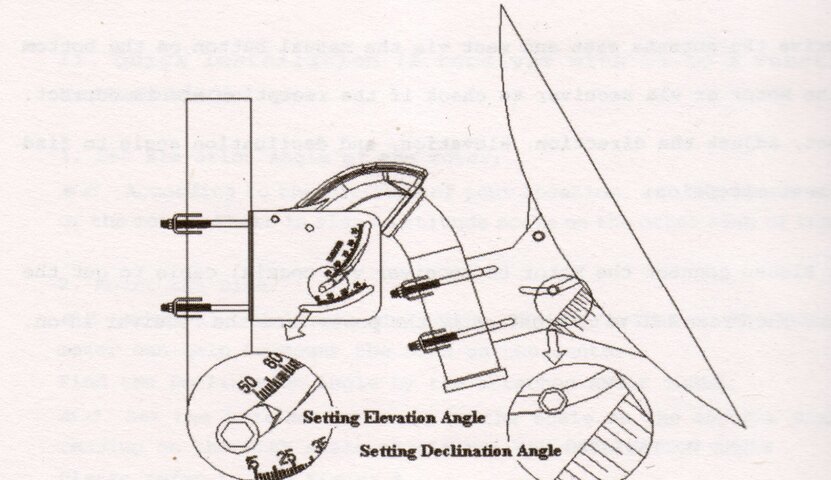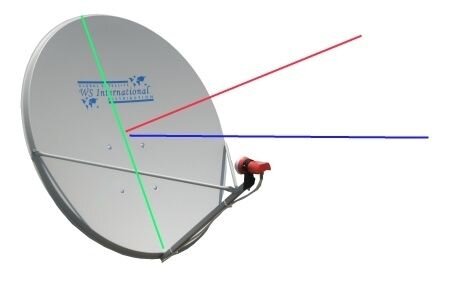On the WS9036, there is a declination setting. There are scales on both sides of this setting. Should this be set to the declination number on the manual, or to the number resulting from the subtraction of that number on 40 degrees (motor bend)?
In summary, I'm in latitude 34.4, so I assume this is the number I set on the latitude scale closer to the motor (left side). Now, the booklet says that for my latitude, declination is 5.51. On that second scale, closer to the reflector, do I put 5.5, or 34.5 (40 minus 5.50)? I think this is confusing me because it happens to coincide with my latitude... also, I am skeptical because this second scale doesn't seem to allow much precision.
About the true south issue, is the solar noon a legitimate technique to use for this purpose? I found a website with the solar noon times for the entire year that correspond to my location.
As of right now, the system is up, and works fine motor wise. I haven't had much time to be on the roof, since I can only do it early mornings (it gets too hot up there after 11:00 am) which is impossible on weekdays. I haven't been able to pick up any signals yet, so I am trying to troubleshoot on the ground first...
Thanks guys!
In summary, I'm in latitude 34.4, so I assume this is the number I set on the latitude scale closer to the motor (left side). Now, the booklet says that for my latitude, declination is 5.51. On that second scale, closer to the reflector, do I put 5.5, or 34.5 (40 minus 5.50)? I think this is confusing me because it happens to coincide with my latitude... also, I am skeptical because this second scale doesn't seem to allow much precision.
About the true south issue, is the solar noon a legitimate technique to use for this purpose? I found a website with the solar noon times for the entire year that correspond to my location.
As of right now, the system is up, and works fine motor wise. I haven't had much time to be on the roof, since I can only do it early mornings (it gets too hot up there after 11:00 am) which is impossible on weekdays. I haven't been able to pick up any signals yet, so I am trying to troubleshoot on the ground first...
Thanks guys!



